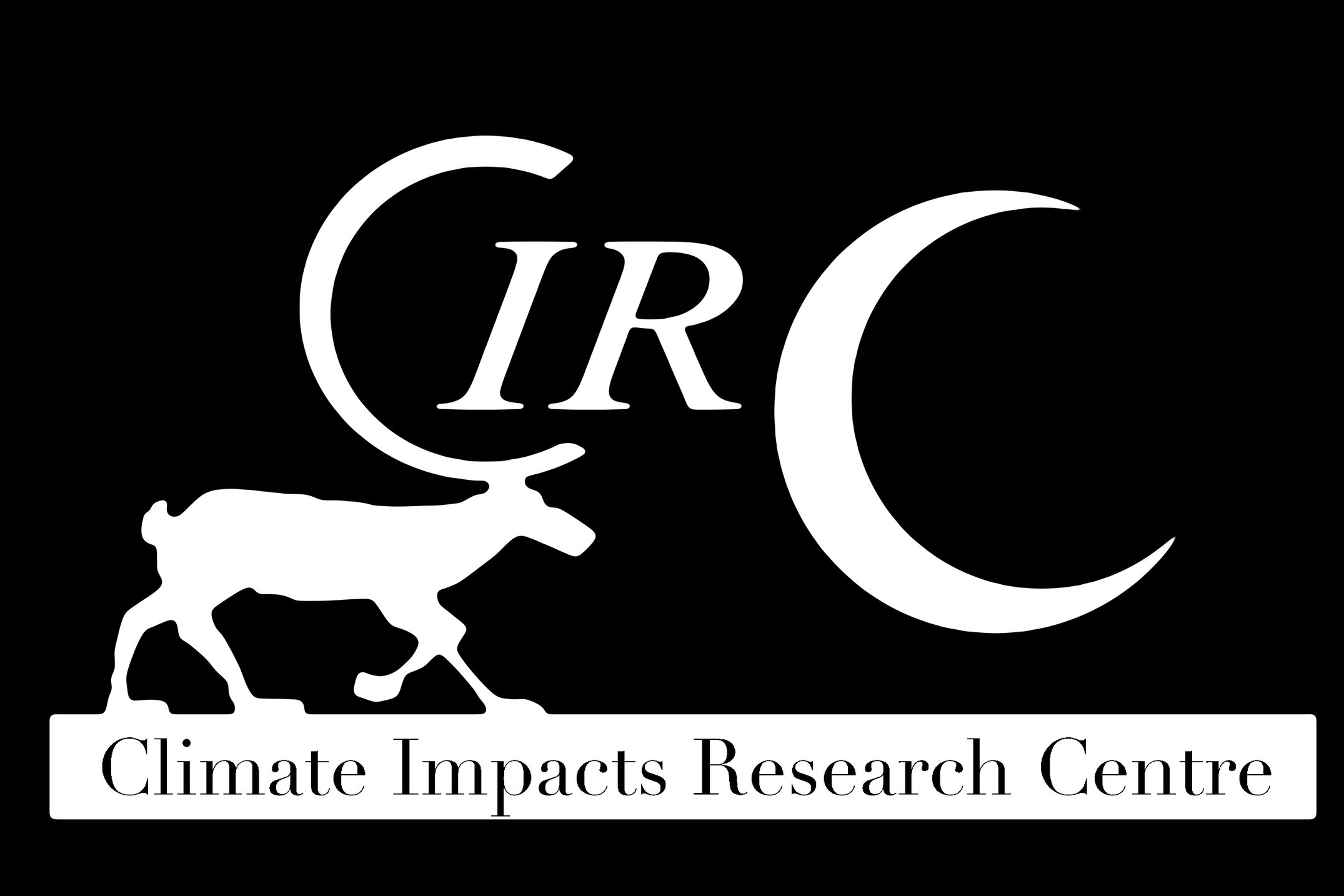Effect of herbivory and climate on tundra vegetation
Project Summary
Mammalian herbivores like lemmings, voles and reindeer have strong direct and indirect effects on tundra vegetation via consuming plants and thus reducing plant biomass or via addition of urine and droppings and thus indirectly altering soil nutrient cycling. Recent findings reveal that the effects of herbivores on tundra ecosystems are so strong that they can be observed as changes in NDVI on satellite images and herbivores could thus influence plant production, carbon fluxes and albedo even at regional scales. However, the interactive effect of herbivores and climate change, and the mechanistic link between changes in plant community composition or plant traits and changes in NDVI and albedo is poorly known.
We will study the interactive effect of herbivores and climate on plant community composition and plant traits using two long term field experiments in the Fennoscandian tundra. We aim to improve the interpretation of the driving forces behind changes in NDVI observed in satellite images, and clarify the potential of herbivores to influence the climate via changes in the albedo of the tundra.
This project is part of the Nordic Centre of Excellence-Tundra, funded by the Top-level Research Initiative (TRI).
Collaborators
Te Beest Mariska, Umeå University



